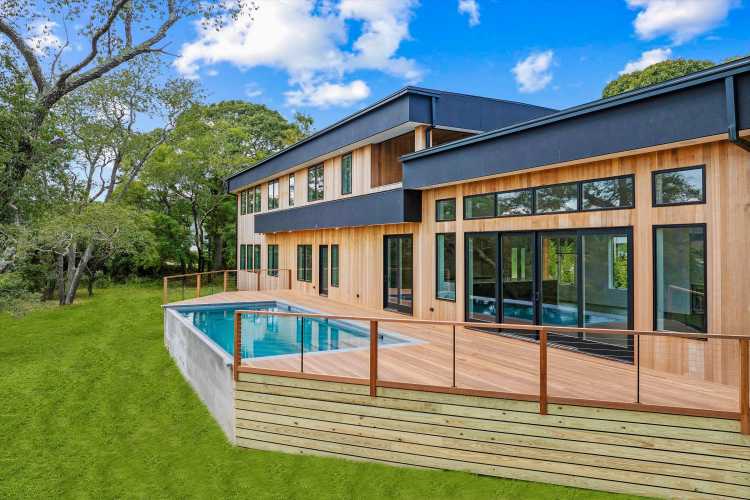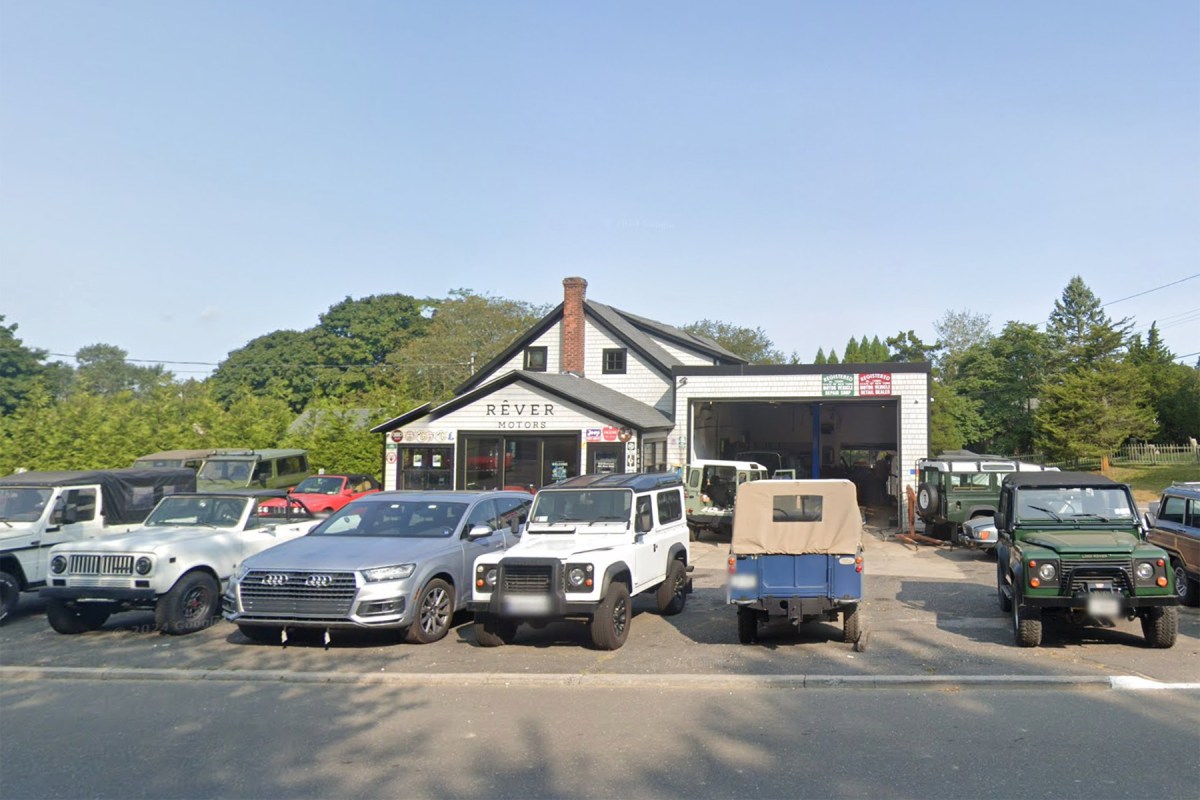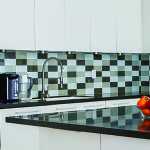It begins to look a lot like Christmas when twinkling lights brighten up homes inside and out. Few things liven up the season more than holiday decorations, particularly clear and colored lights.
“Christmas decorations and holiday lighting can really bring joy and holiday spirit to any home or neighborhood,” Alternative Earthcare, a landscaping and professional holiday light installation company serving the East End, says on its website.
Prior to taking out the lights, ladder and thermos of coffee to get you through the job, it’s important to note that there are right and wrong ways to hang holiday lights.
Sketch out your plan
Start by taking a few photos of your home from various vantage points. Print out the photos on regular paper so that you can draw your lighting arrangement and decoration placement right on the photos to see how things will look.
Measure the area
Use a measuring tape to roughly measure the width and height of eaves or other areas of the home where you plan to hang light strands. Calculate how much overall footage you will need so you can purchase all of the lights in one shopping trip.
Test the lights first
Plug in the lights to make sure all of your strands are operational.
Begin where the lights will be plugged in
Start where the lights will be plugged in and then work your way around the house.
Add to shrubs and trees
Lights can also adorn shrubs and trees. Lowes Home Improvement says a good rule of thumb is 100 lights for every 1 1/2 feet of tree or shrub to cover. A 6-foot evergreen needs at least 400 lights for a basic level of lighting.
Exercise extreme caution
Accidents can happen when stringing lights. While many professionals use harnesses, homeowners are not always so cautious. Utilize a spotter to hold the ladder and make sure things are safe. Never set foot on a wet or icy roof. Do not attempt to string lights in inclement weather.
Know the wattage
Each outlet can generally hold about 17 amps or 1,870 watts if the lights are not sharing a circuit with another outlet. Plan accordingly to ensure you have enough power to handle your lights.
Use plastic clips
Plastic light clips hang strands along eaves and gables. They’re specially designed for hanging lights over the gutters. Some slip under the edges of roof shingles. Lights can be hung without staples or nails, which can damage exterior surfaces. Plastic zip-ties or deck clips can also attach lights along a handrail.
Use only outdoor extension cords
Be sure the extension cords you use are designed specifically for outdoor use.
Use a timer
Timers can make sure the lights turn on and off even if homeowners forget. Once lights have been safely strung, sit back and enjoy the splendor of a well-decorated house.
-Metro Creative Connection




















